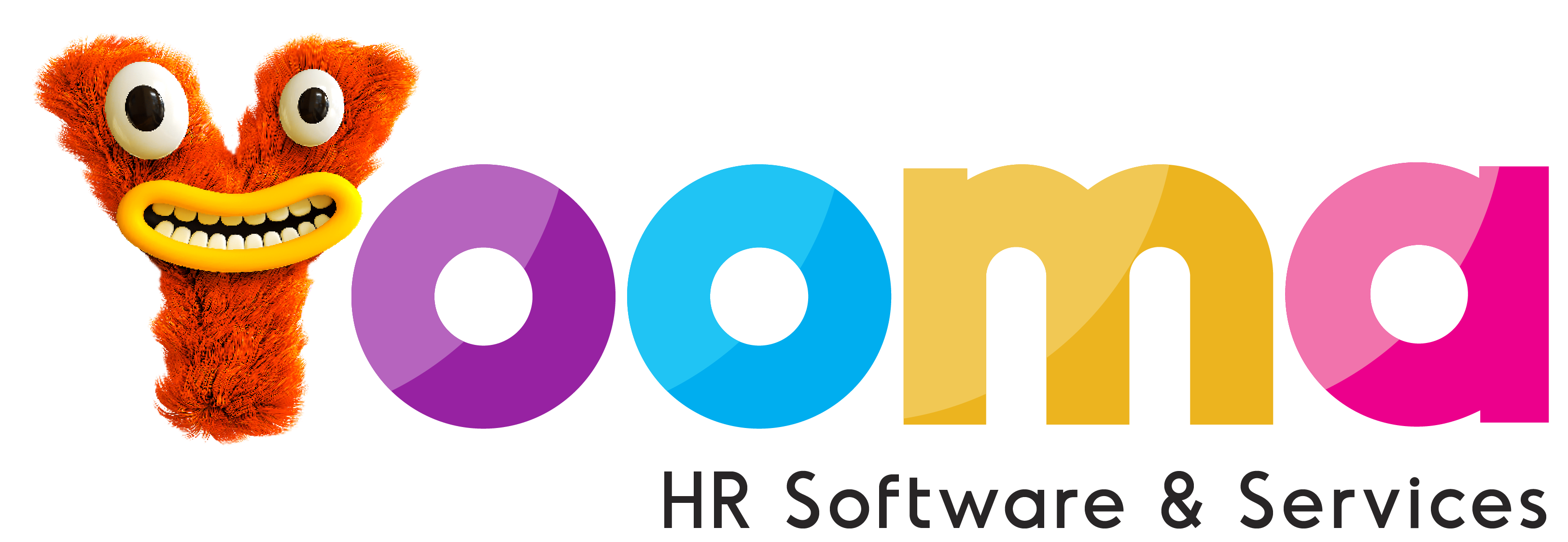In a world where metaverses are the new norm, remote working will be nothing out of the ordinary. Imagine being able to attend meetings and give presentations from the comfort of your own home or anywhere else in the world. You could hop into different metaverses and explore other locations without ever having to leave your desk.
A metaverse is a 3D space with digital avatars, and many companies will be shifting toward this set-up within the next two to three years. This will allow employees to work from anywhere worldwide, as long as they have an internet connection. The potential benefits are immense.
For example, metaverses could help reduce office costs, increase flexibility and allow employees to create their work/life balance. In addition, it would also open up new opportunities for international collaboration. As more and more companies begin to embrace this new way of working, the potential for metaverses to transform the workplace is enormous.
The Metaverse – Virtual Reality of Working Remotely
Even though working remotely has been increasing for the past decade, HR leaders are only now taking note of the digital world and its potential to revolutionise how we work. One area that is getting a lot of attention is virtual reality (VR) in the workplace.
The pandemic has forced us all to confront the shortcomings of our current reality. We have been introduced to a world of Zoom and Slack, of constant connection and never-ending work. While some may have relished in the flexibility and freedom, others have found it to be a prison from which there is no escape.
It’s no wonder that the idea of a metaverse – a digital universe where we can connect with others in a shared space- has begun to gain traction, and it’s not just idle talk. The global big tech companies such as Meta, Microsoft, Google, and Apple are amongst the companies heavily invested in the creation of Metaverse technology.
HR leaders often have the power to transform how the workplace should be. In these instances, they need to drive the Metaverse transformation by considering the people within the company who are less tech-savvy, teaching them the necessary skills, and staying up to date with the latest trends.
How The Metaverse Will Improve The Workplace
The Metaverse will provide an immersive and interactive experience for employees who are working remotely. HR directors must ensure they have the necessary tools and training for their employees to be effective in the Metaverse. Another area that will need to be improved is employee onboarding.
The Metaverse will provide a unique opportunity for new employees to get familiar with the company culture and values. HR leaders will need to create an onboarding process that takes advantage of the immersive nature of cyberspace.
One of the challenges faced by HR professionals is how to address diversity and inclusion in a remote workplace. With employees spread out worldwide, it can be challenging to create an inclusive environment.
Additionally, discrimination can also be easily hidden in a remote workplace. However, there are solutions to these challenges. For example, HR professionals can create avatars that represent diverse racial and ethnic backgrounds for their employees to choose from. This can help to create a more diverse and inclusive workplace. HR specialists can also provide training on recognising and addressing unconscious bias.
Creating a Good Guideline for Remote Working
Working from home has become the new normal for many of us. While remote working has its benefits, staying productive can also be challenging. Here are a few guidelines that can help you stay on track:
Create a Dedicated Workspace:
It can be tempting to work from the couch or your bed, but this is not conducive to productivity. Instead, create a dedicated workspace where you can focus on your work. This could be a spare room, a corner of the kitchen table, or even a spot at the dining room table.
Set Regular Hours:
When working from home, it can be easy to let work creep into all hours of the day. To avoid this, set normal office hours and stick to them as much as possible. This will help you maintain a healthy work-life balance and prevent burnout.
Take Breaks:
Just because you’re working from home doesn’t mean you should always be working. Make sure to take breaks throughout the day to stretch your legs, grab a snack, or step away from the screen for a few minutes. Taking breaks will help you stay refreshed and focused when you return to work.
Hiring Has Become Digital
Unfortunately, traditional hiring practices are no longer in demand. With the rise of remote working and the Metaverse, HR managers must adapt their recruiting strategies.
In today’s increasingly digital world, more and more businesses are moving to remote work models. This means that HR managers must be able to recruit suitable candidates comfortable working in a virtual environment. One way to assess a candidate’s suitability for remote work is to ask them to complete specific virtual tasks or experiments as part of their resume.
For example, you could ask them to create an avatar or profile in a Metaverse platform such as Second Life or VRChat. This will give you an idea of their ability to adapt to new environments and navigate digital spaces.
Another option is to ask them to complete a short task or project remotely, such as writing a report or creating a presentation. This will give you an insight into their ability to manage their time and work independently. By including these types of tasks in the recruitment process, you can ensure that you find the best candidates for remote working roles.
The Metaverse has the potential to revolutionise our workplaces, but it faces challenges with data protection and high costs. HR will need to steer this development to ensure that more people can participate remotely and in a more authentic way.
Cyberspace offers many advantages, such as connecting with colleagues from around the world, creating realistic simulations for training purposes, and holding virtual events.
However, data protection is a significant concern, as personal data could be used to track and target individuals. In addition, the costs of setting up and maintaining a presence in the Metaverse are high, which could limit its adoption. But if these challenges can be overcome, the Metaverse could have a transformative effect on the way we work. Click here to read more articles like this one.
View our Latest Blog Posts

Making the Switch: Smooth Transition to a New HR and Payroll Software

Enhancing Employee Engagement Through HR and Payroll Software

Mastering Labour Law Compliance: Elevating South African Companies with HR & Payroll Software

Simplifying Skills & Competency Management: Navigating the Corporate Maze

The Role of HR Technology in Supporting Remote Work Policies and Procedures

Choosing the Right HR and Payroll Software: A Comprehensive Guide for Businesses

How HR Managers Can Prevent Employee Burnout With AI

The Best Tips To Onboard Employees So They Fall In Love With Your Company

Top Three HR Technology Trends To Help You Retain Employees In 2023



